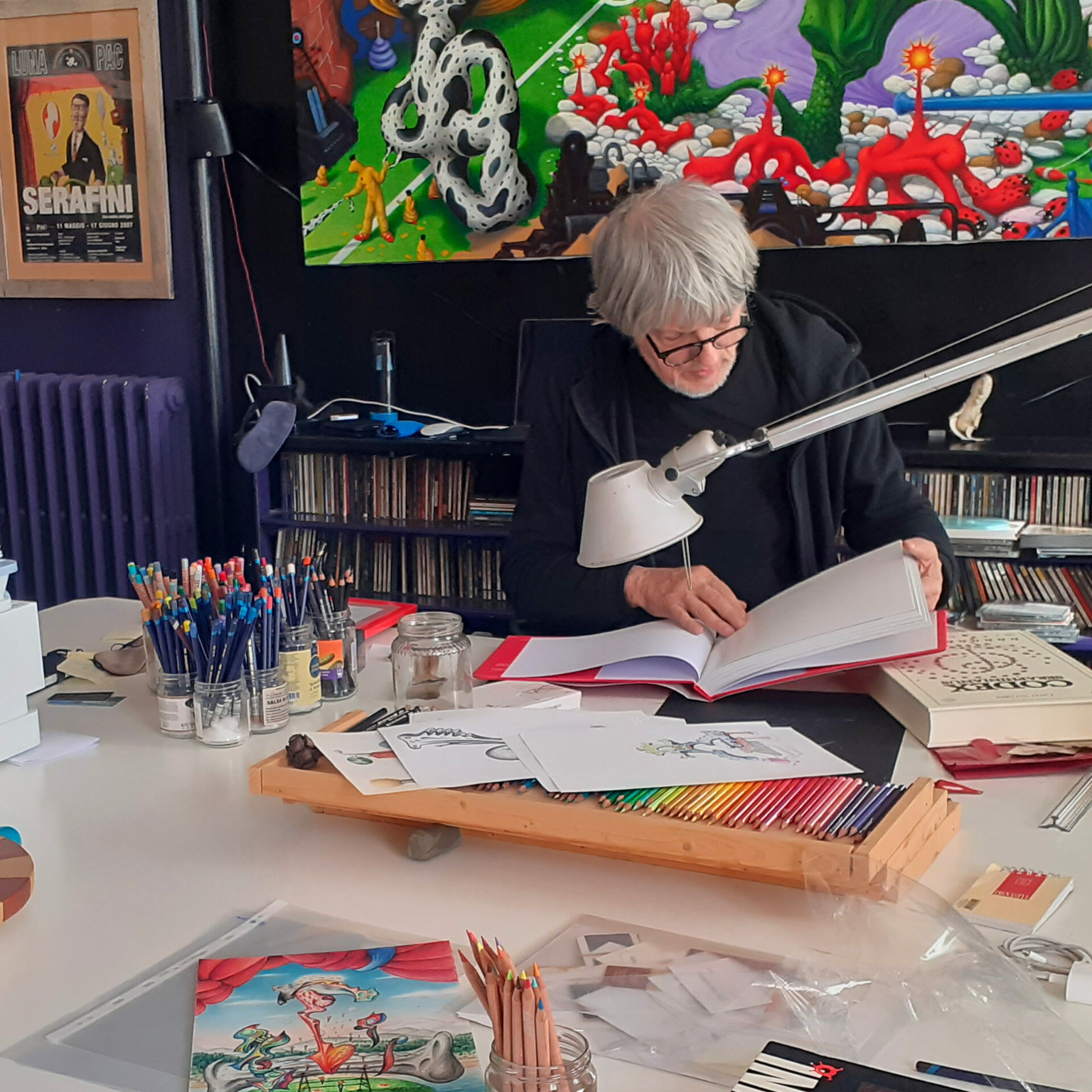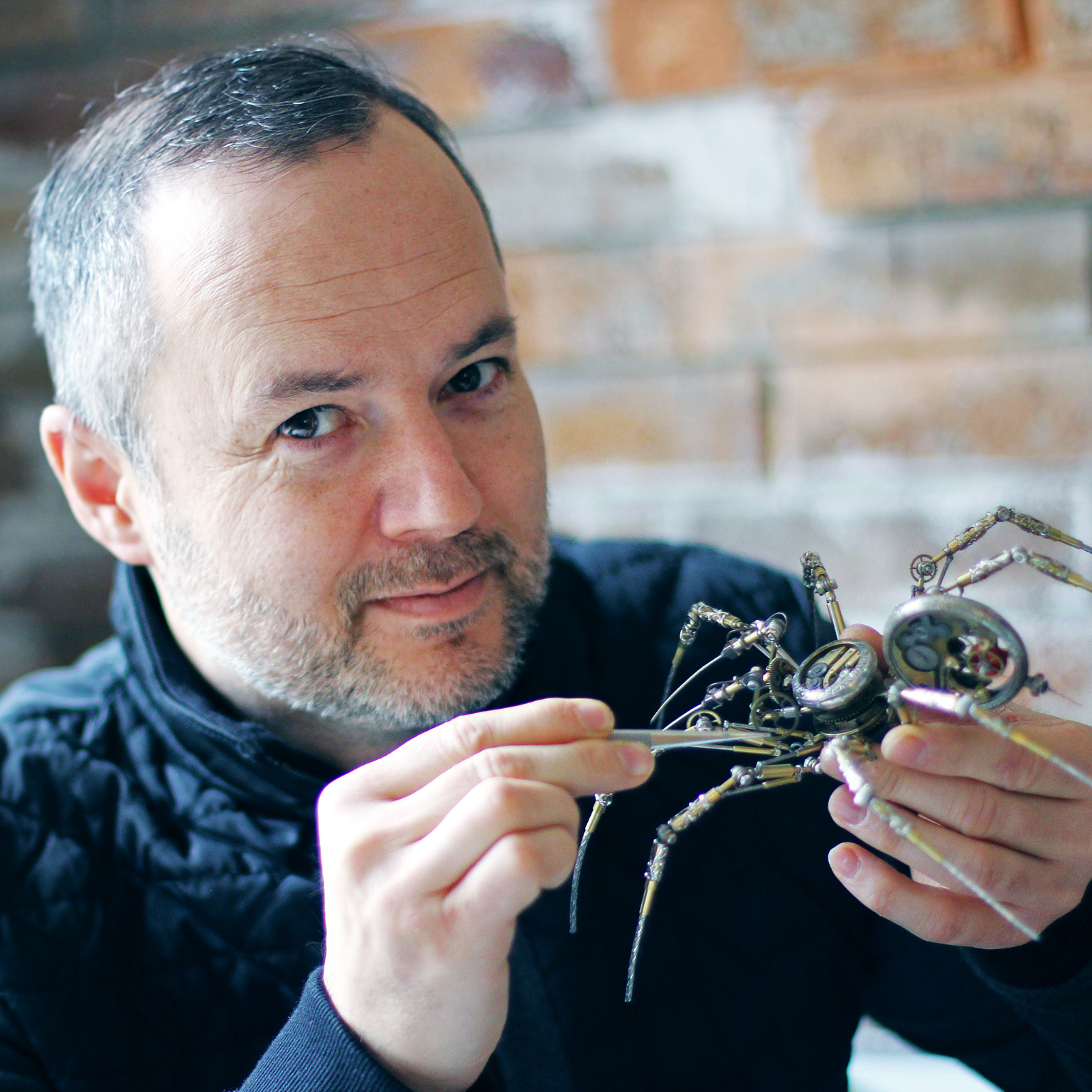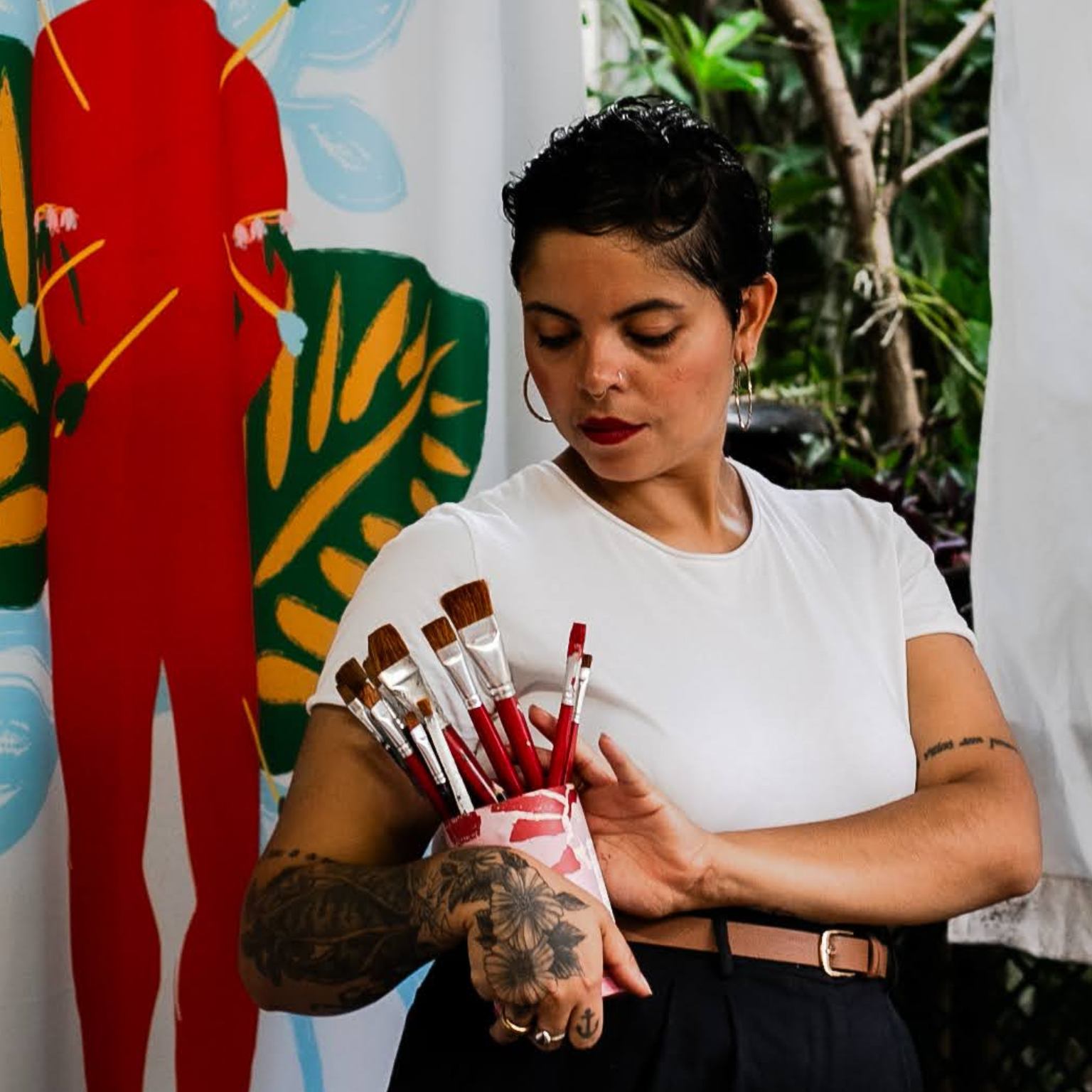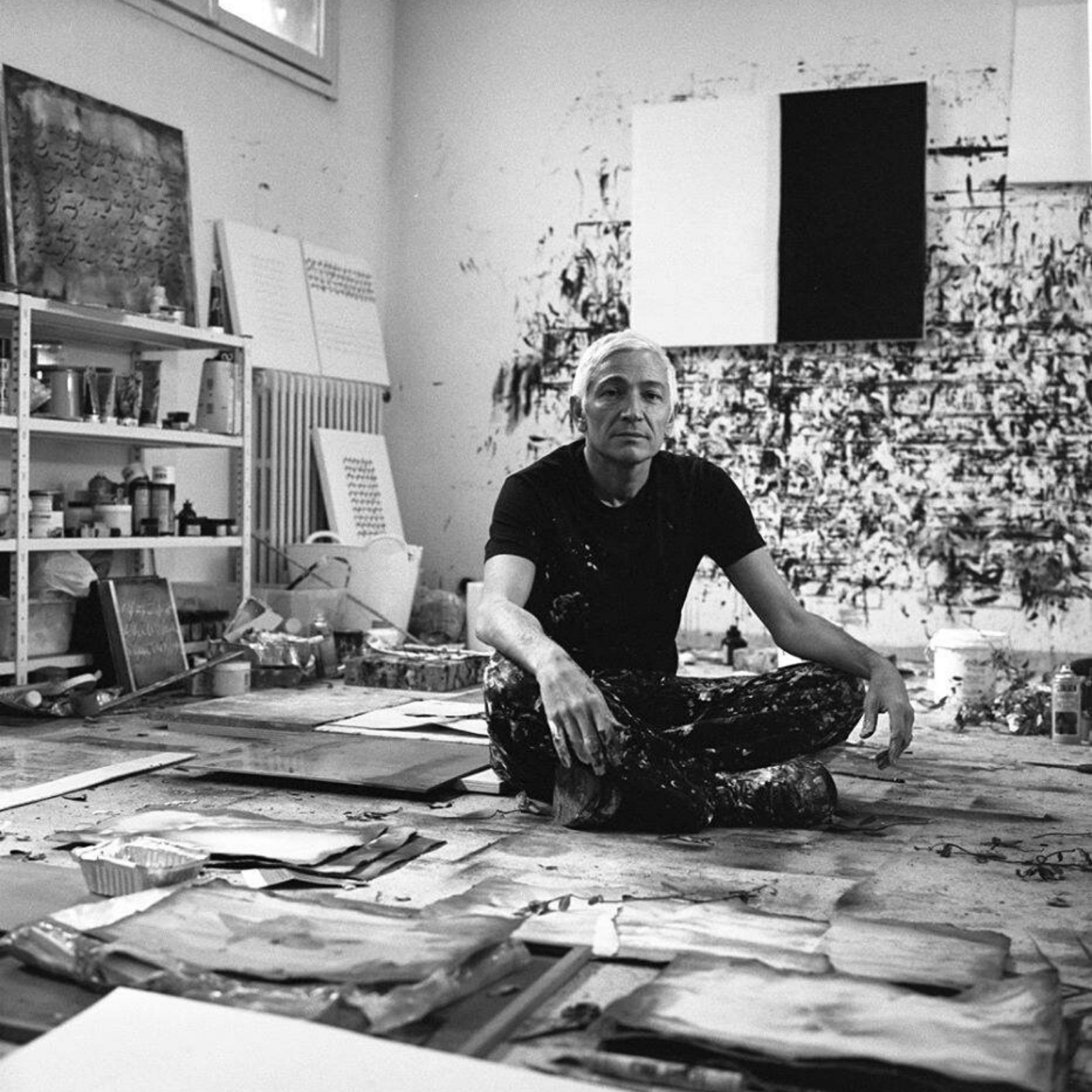Luigi Serafini, artist from Rome, Italy. Photo © Fabio Pariante
The Codex Seraphinianus is considered among the strangest and most mysterious books ever published which over time has increasingly become a collector’s item in demand all over the world because it especially fascinates collectors and mystery enthusiasts.
Published for the first time in 1981 in two volumes (the following editions will be a single book) by the historic Italian publishing house FMR – Franco Maria Ricci, the work of the author and artist Luigi Serafini (Rome, 1949) is a real encyclopedia that contains an imaginary world in which the reader is invited to explore each page to make sense of each individual representation.
In addition to being a visionary work, it is also an untranslatable book since the writing that accompanies each illustration made with colored pencils and Indian ink is completely asemic, as the author points out:
“It is meaningless writing that has evolved over time; it is a writing that only follows ‘my feeling’ at the moment in which I write and it means absolutely nothing”.
Roland Barthes, Tim Burton, Umberto Eco, and Italo Calvino are just some of the admirers of the Codex Seraphinianus which has inspired many projects around the world, including the choreography of the French Philippe Decouflé, author of the ceremonies of the 1992 Albertville Olympic Games. Furthermore, fake copies of the encyclopedia have been made in China, of which the author also keeps one in his studio.
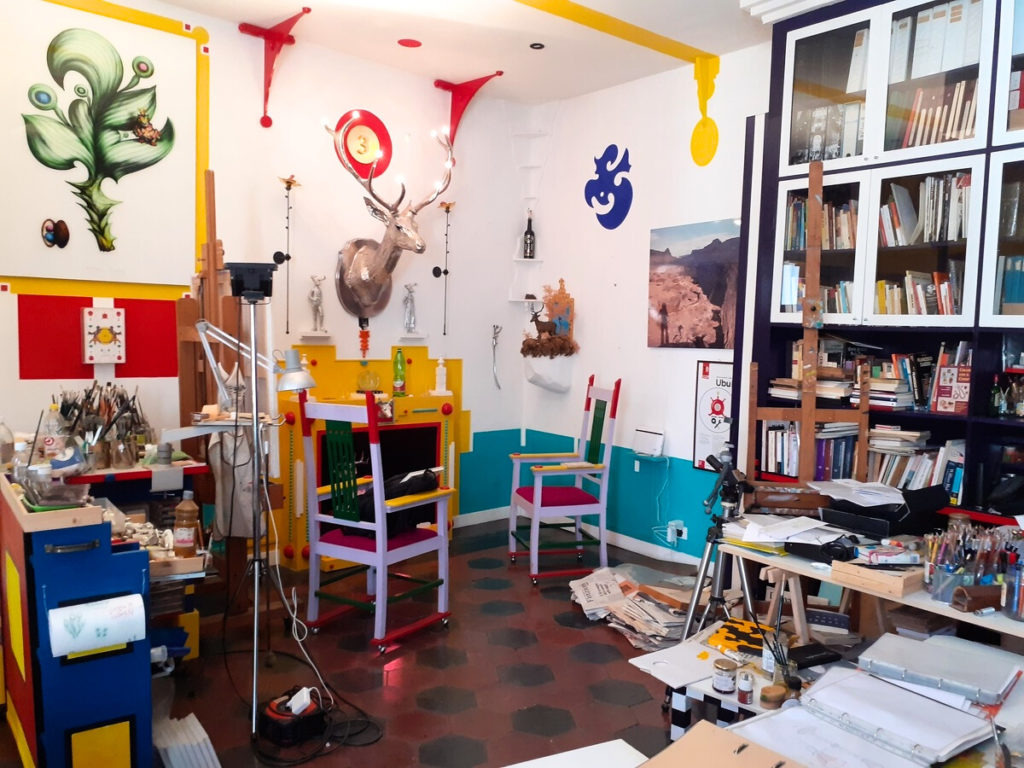
In 1984 Serafini published the book Pulcinellopedia (piccola / small) with the Longanesi publishing house in 5000 unnumbered copies: a volume dedicated exclusively to the character of Pulcinella made with graphite pencils with touches of red pencils.
The premise of these two of the most important works of his production is no coincidence because they are just a few suggestions to let you imagine what it means to enter Luigi Serafini’s home-studio which is located in Rome, opposite the Pantheon.
Entering his home means going through the story not only of the two books but a parallel world made of colors and works of art with shapes never seen before, which seem to come from the future; between paintings, drawings, and installations, each completes the magical design created by the artist.
It is a unique home of its kind, especially today after so many years, it has acquired a very important historical and artistic value.
Unfortunately, this space risks being destroyed forever because the owners of the walls, the Order of the Knights of Malta, have decided to evict the tenants of the building for new projects.
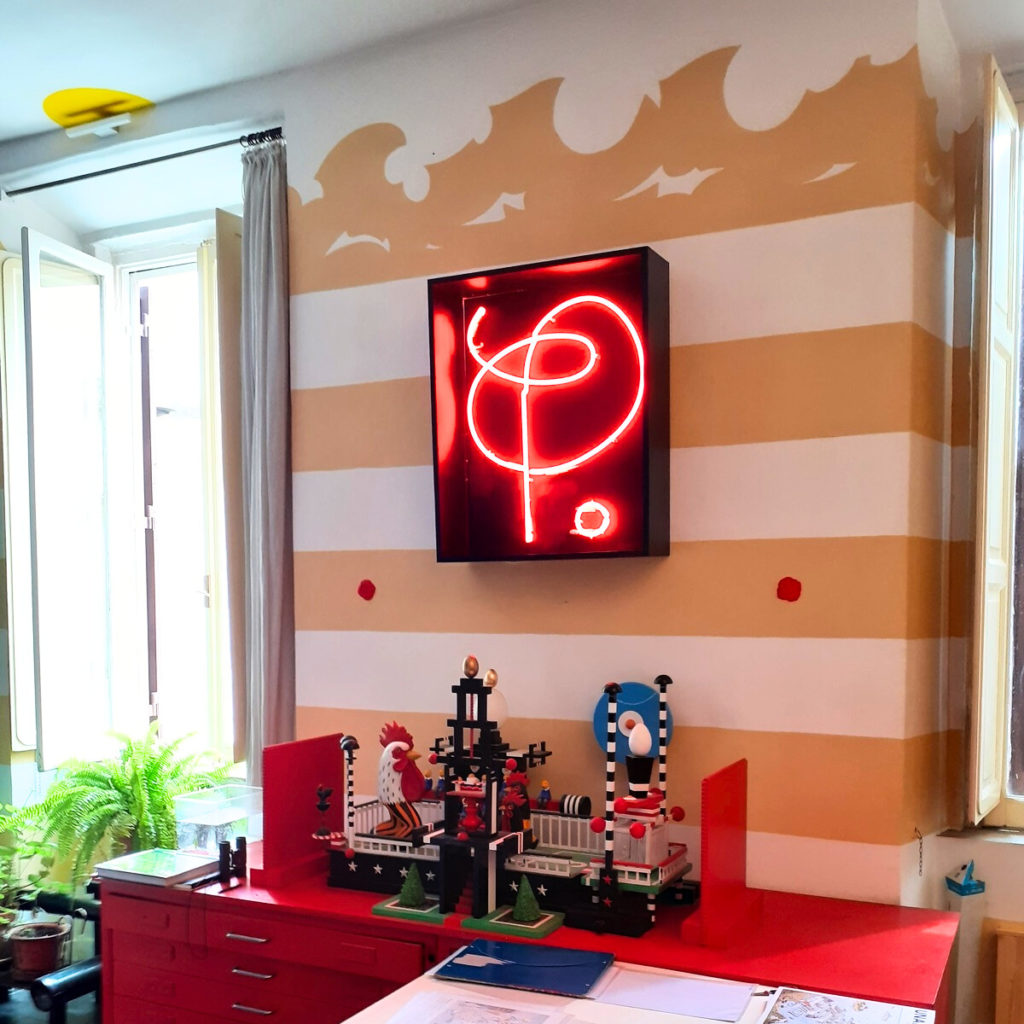
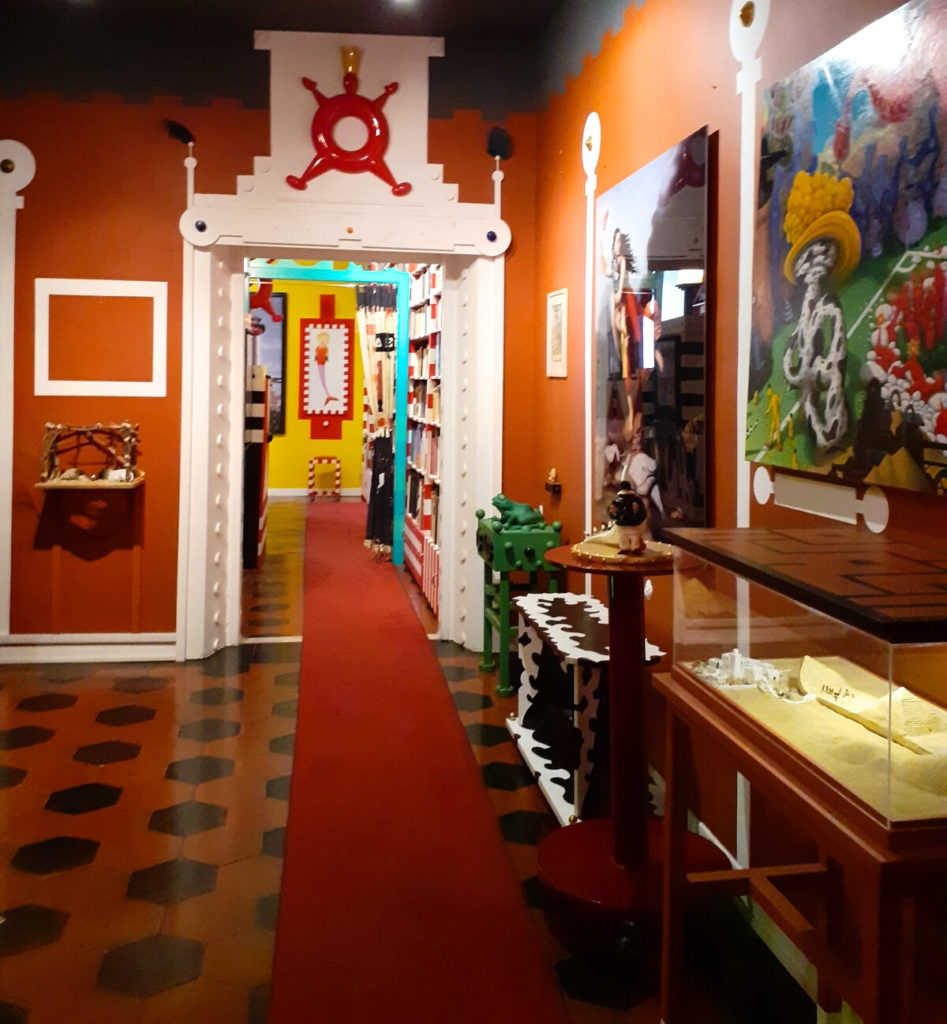
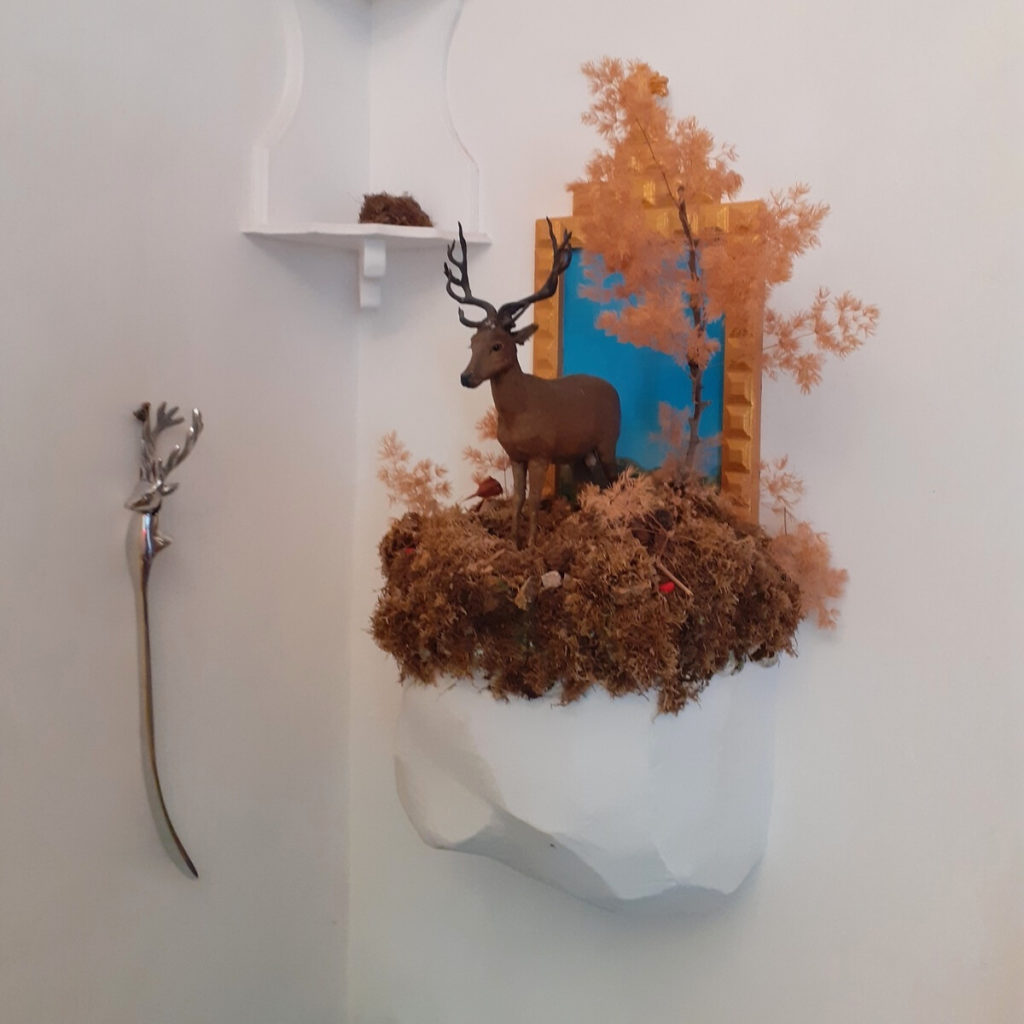
Artists’ homes should become museums as was the case for Giacomo Balla’s Home, not far from Serafini’s, but evidently, in Italy, this does not always seem possible; we remain hopeful that in the future, however, it can be opened to the public as a museum, where everyone can access and breathe the truly surreal world of Luigi Serafini.
“It is a story that reveals incredible legal gaps and this could not have happened in France, because there is great protection for similar situations, which in my case tells of 36 years of work”, explains the artist.
A place, a work of art, which important personalities from all over the world have visited, including Federico Fellini, his great friend. In fact, he says that out of shyness he did not accept to play the leading role in the film Intervista (The Interview, 1987), so for La voce della Luna (The Voice of the Moon, 1990), Fellini’s last film, Serafini created the poster which not only inspired by the film but somehow refers to the director’s memories.
The original plates of the Codex Seraphinianus are exhibited in the labyrinth of the Masone of the FMR Foundation, and over the years various editions have been created until 2021 when Rizzoli celebrated its 40th anniversary with a special and deluxe edition.
New plates also for Pulcinellopedia (piccola) were republished in the second and last version in 2016 also in the limited deluxe edition, with the title Pulcinellopaedia Seraphiniana.
Among other things, in his rich and multifaceted artistic activity, in 2003 Serafini created the Pedestre Paradise for the Materdei underground station in Napoli, thanks to the artist Alessandro Mendini and the art critic Achille Bonito Oliva.
The project includes a series of large Napoli-yellow ellipses with many polychrome fantastic creatures in bas-relief from the Codex Seraphinianus, on which it is also possible to walk, and at the end of the street, a bronze sculpture entitled Carpe Diem which, among other illustrations, is included in the latest version of the book dedicated to Pulcinella.
In this exclusive interview for MuseumWeek Magazine, Luigi Serafini with a markedly intuitive nature, tells us about his projects.
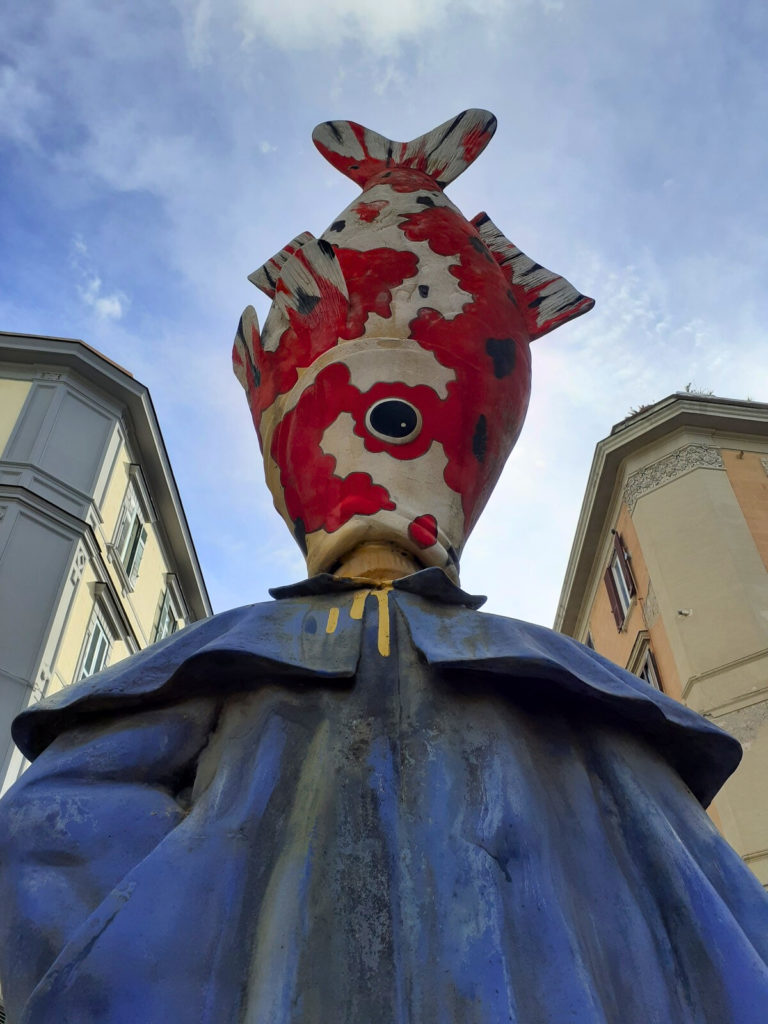
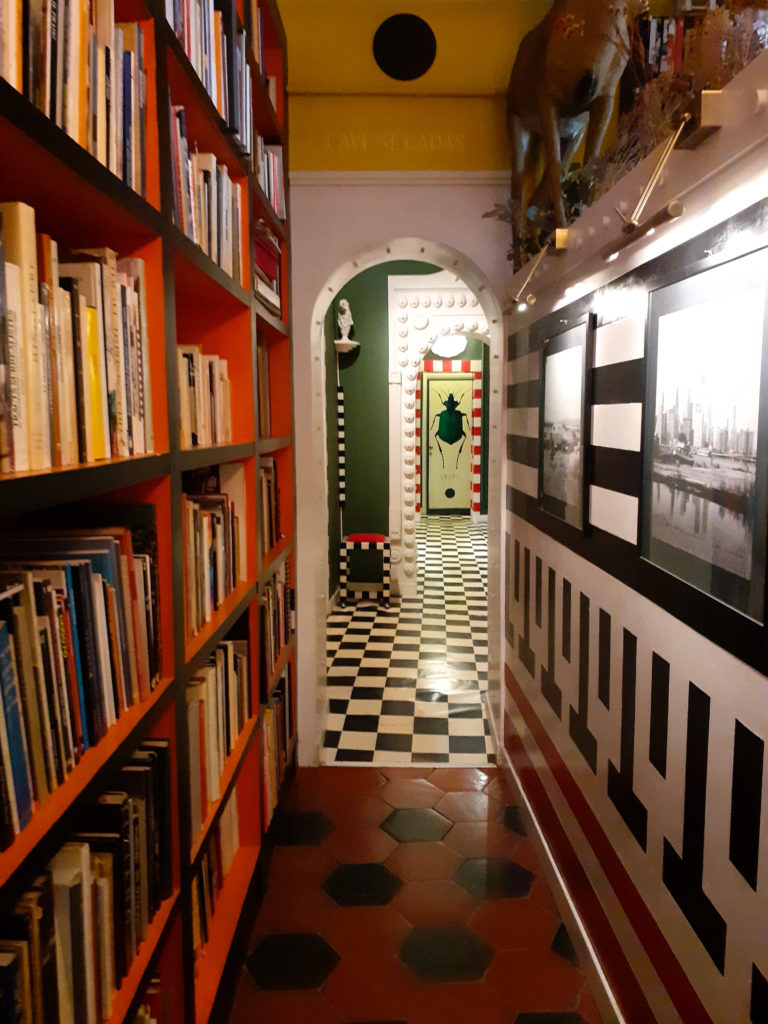
How did the idea of the Codex Seraphinianus come about?
The only sure thing is that the birth of the Codex Seraphinianus happened suddenly. However, it is known that in Nature, every phenomenon has its own cause, and cannot happen without it, unless it is a so-called miracle, and this is certainly not the case.
Since for about forty years, I have been asked why and how, I have tried to give some answers by analyzing the times that preceded the event. At the time, the Internet was born in the United States thanks to a new generation, which thus re-established communication between living beings, after the traumatic interruption of the war.
It happened that I found myself on the road in the United States from the spring to the autumn of 1971, together with 60/70 million American peers, who moved incessantly from one coast to another, sharing everything possible.
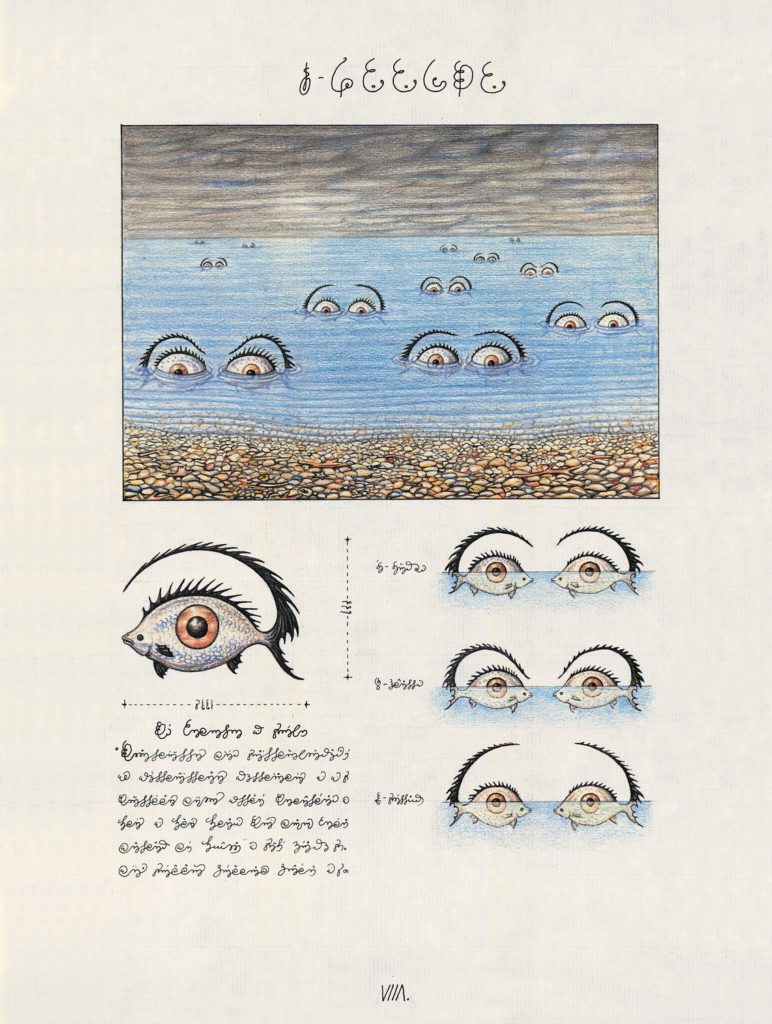

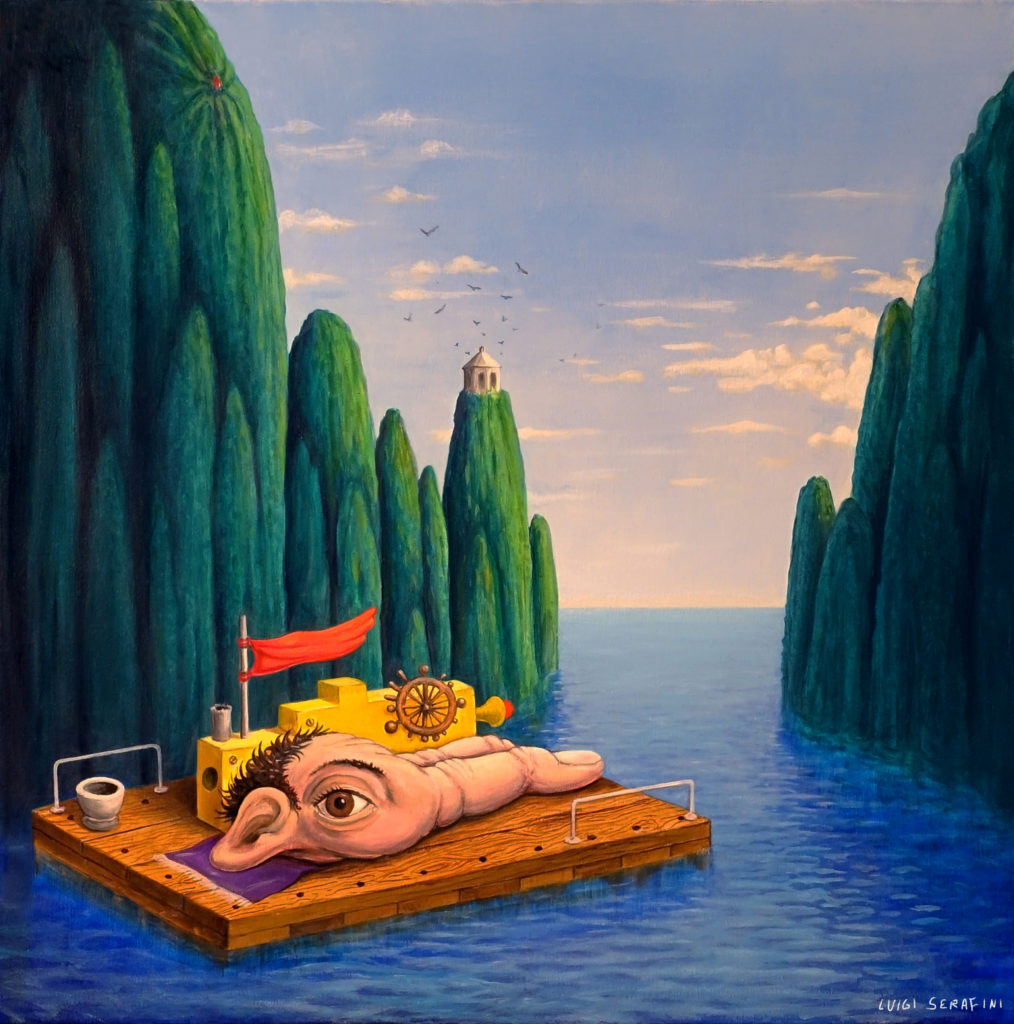
In September 1976 I began drawing the Codex Seraphinianus in an attic in the center of Rome. It seemed very strange to my friends that I wanted to make a book out of those drawings, instead of looking for a gallery or collectors.
The Internet didn’t exist yet and the way to share that experience was the only network available at the time, namely the editorial one.
After so many years since its launch, is there anything that hasn’t been said about the Codex Seraphinianus yet? An anecdote, a curiosity perhaps discovered over time?
At the moment I really can’t find anything that hasn’t been said, after forty years. And I think it doesn’t even matter since the Codex Seraphinianus continues to travel the world without the need for my help.
Furthermore, a perhaps related fact is that in all these years the publishing houses that have followed one another have not spent a single penny on advertising or marketing.
The diffusion of the Codex Seraphinianus took place exclusively thanks to word of mouth. And I think this is a case that will one day be studied by the London School of Economics…
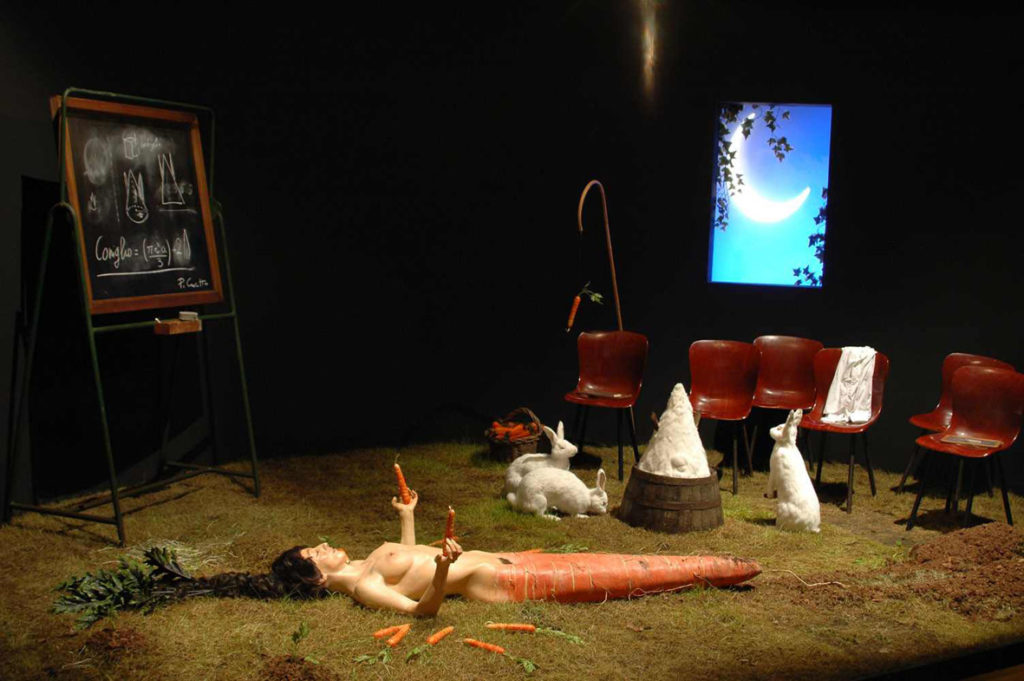

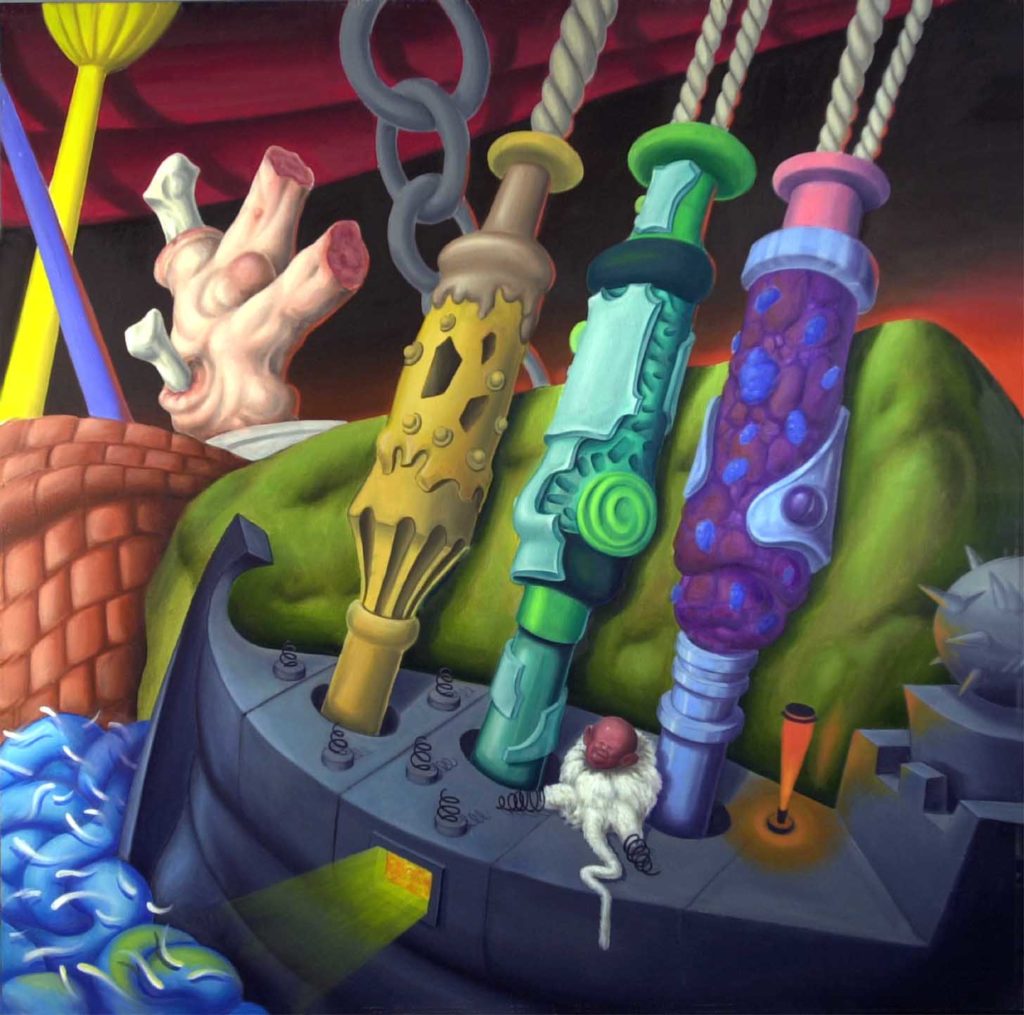
Artist, architect, author, designer: how does your creativity come about and where do you find inspiration for your works?
Nobody knows what creativity is. Is it innate or acquired? Who knows! The only thing that can be done is to ascertain whether it is there or not. And I don’t even know who is authorized to make this observation.
Perhaps something similar to the canonical procedure of the causes of beatification would be needed; even inspiration is incomprehensible, precisely because it is connected to the breath, as the word suggests.
The inspiration would seem to be a deeper and absolutely unpredictable breath, which however occurs in a precise moment, or when our breath coincides, I think by chance, with that of the World, or rather of the Anima Mundi which, as we know, breathes like all living organisms. At that moment the mists magically clear away and then we have to seize everything that appears to us because it is elusive…
With Pulcinellopedia (piccola), why did you choose to pay homage to the Neapolitan mask of Pulcinella?
The meeting with Pulcinella took place in 1982 thanks to the late Maurizio Scaparro, director of the Venice Theater Biennale, who the following year revived the phantasmagorical Carnival of the city, painted by Pietro Longhi and Francesco Guardi, interrupted by Napoleon in 1797, for the safety of his soldiers and never taken again.
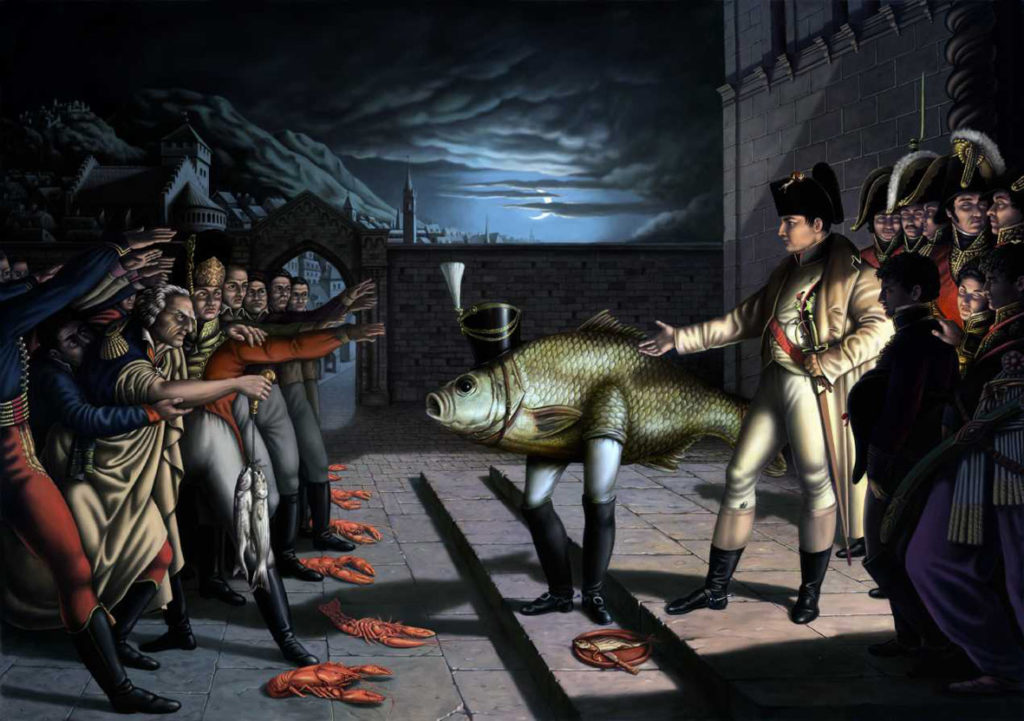
Scaparro’s idea was to resurrect a dead and forgotten Carnival through the insertion of a living organism, like the popular festival of Piedigrotta in Napoli.
Thus he brought the entire Neapolitan theater scene to Venice and asked me to create a large Pulcinella in canvas and paper-mâché for Shrove Tuesday, as that mask was much loved by the last great painters of the Serenissima, Giambattista, and Giandomenico Tiepolo.
And so it was immediately Carnival, after two centuries of an interruption that is now completely forgotten. In the Magazzini del Sale, which later became the Punta della Dogana Museum, I built the mask and there the idea of making a book was conceived.
A few years after its publication, I discovered that Giandomenico Tiepolo had not only decorated his villa in Zianigo with the Neapolitan mask but had created Divertimento per li regazzi (Fun for the kids), with 104 watercolor plates all dedicated to birth, life, death, and resurrection of Pulcinella, precisely during the melancholic sunset of the Serenissima: a singular symmetrical coincidence with respect to the end and the resumption of the Carnival.
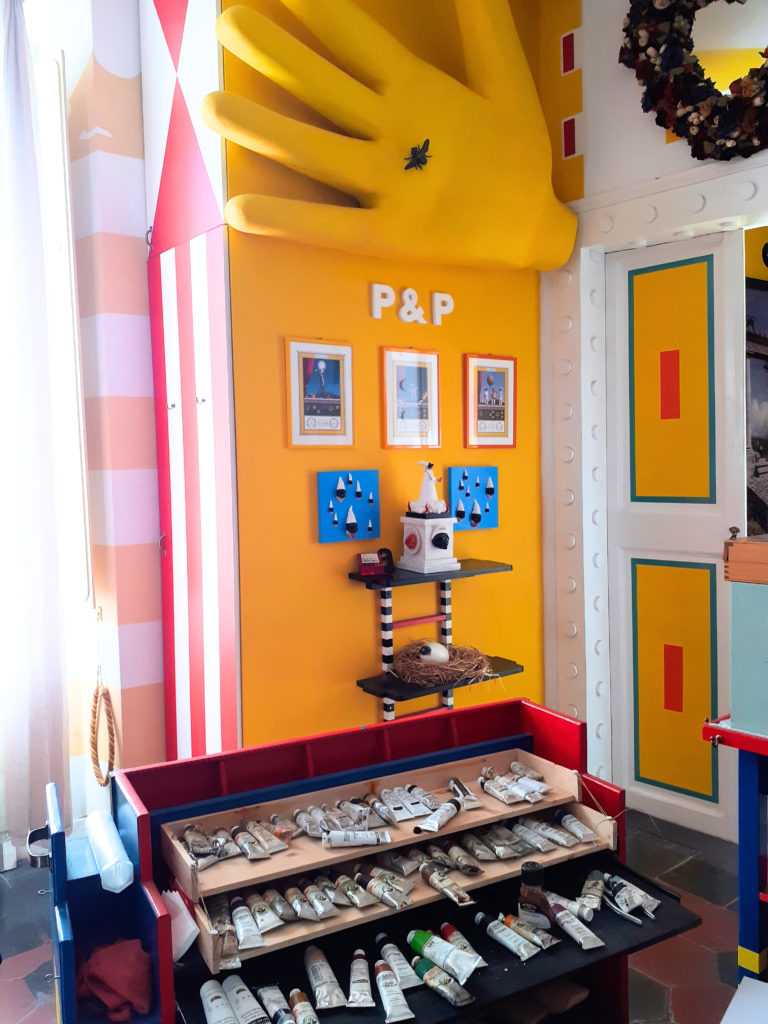
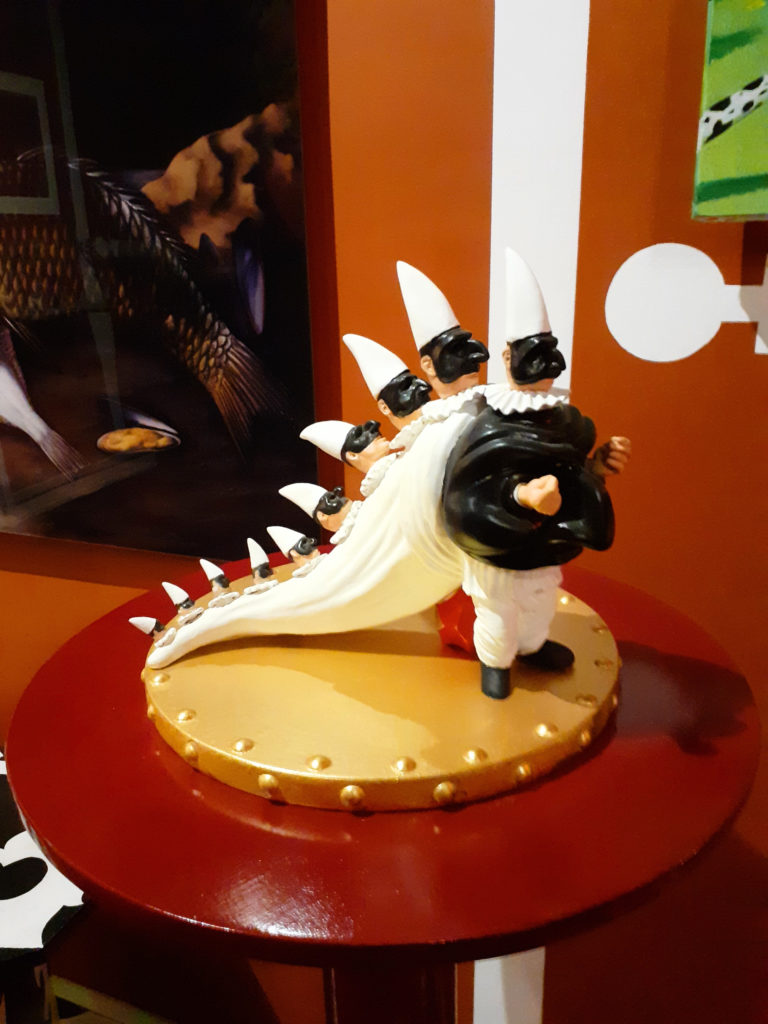
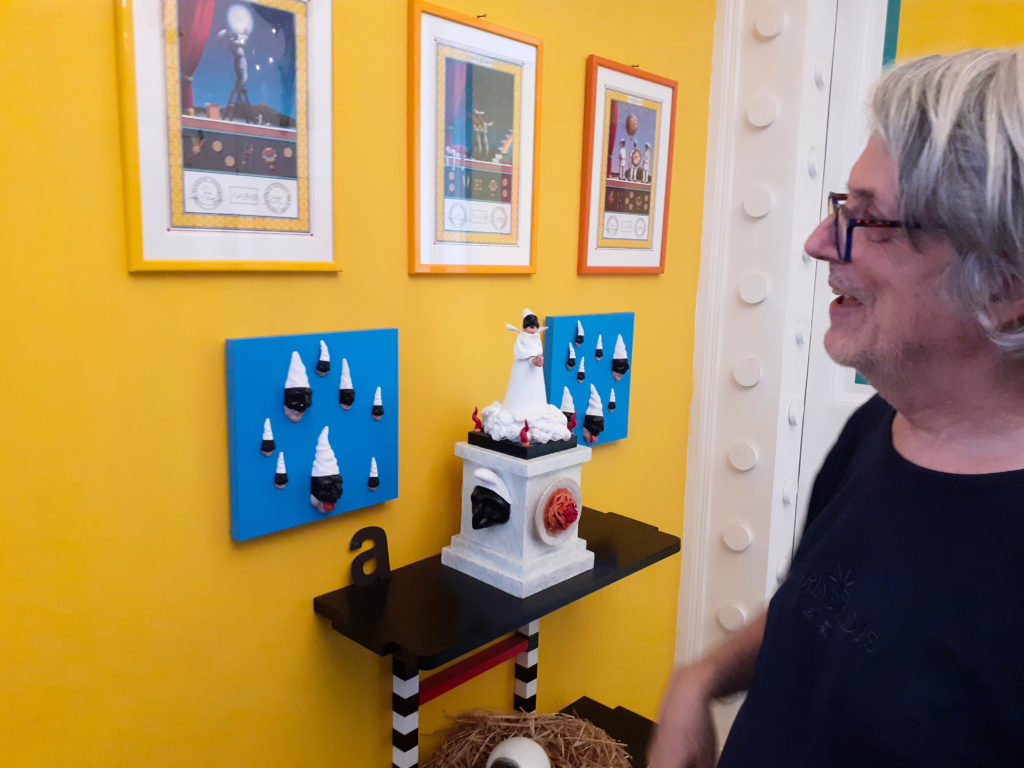
In 2016 Pulcinellopaedia Seraphiniana returned to bookstores with an edition enriched by new plates.
Digital art, Metaverse, Bitcoin, NFT. Where is the art market going in your opinion?
Where is the art market going? Towards wholesale fruit and vegetables, towards Esselunga, or towards Amazon, who knows? I care little, or rather nothing.
In your opinion, to be an artist you have to be restless?
Maybe you have to be restless just to be. This is what we are all called to, and we really don’t know why. To be or not to be, we are still always there…
Over the years the Codex Seraphinianus has been appreciated and honored around the world through music, dance, and other art forms. Which contributions particularly impressed you?
The thing that really struck me was the planetary diffusion of tattoos derived from the Codex Seraphinianus. Really unexpected…
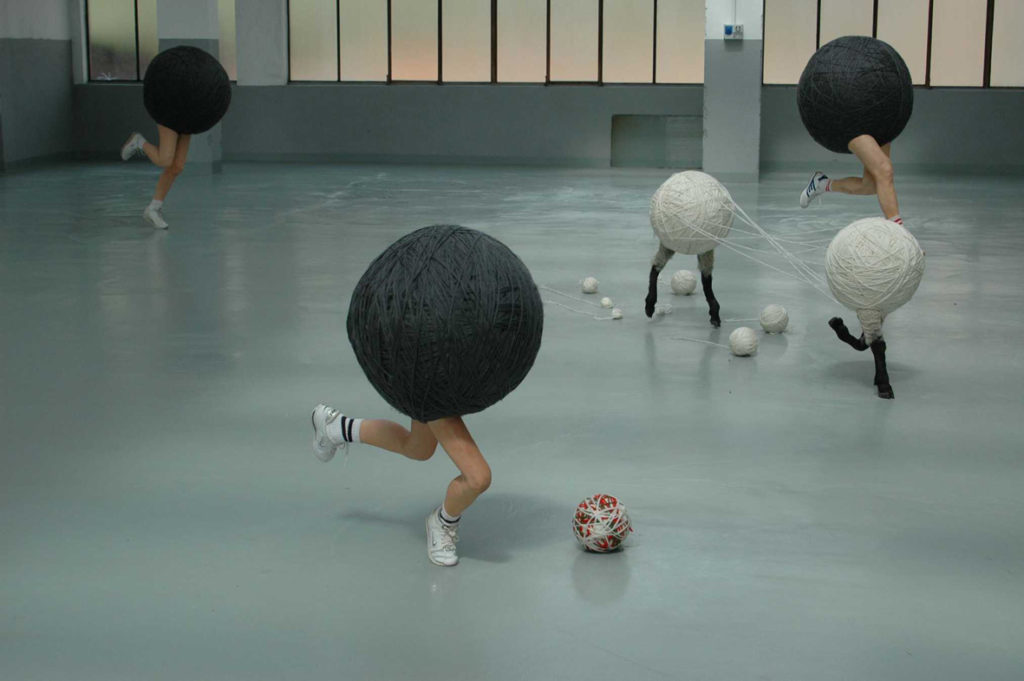
Interview by Fabio Pariante, Twitter / Instagram
MORE
Luigi Serafini: Instagram
